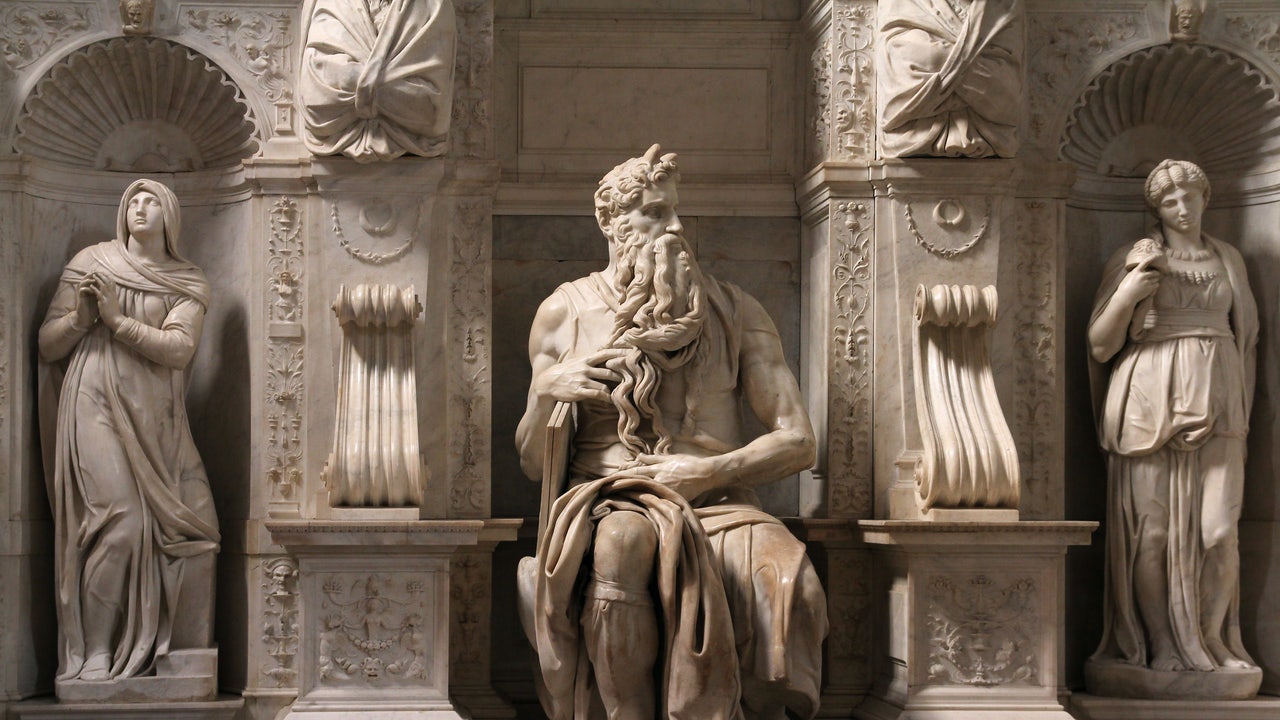Passover, like many other Jewish holidays, remains mysterious for people who don’t practice the Jewish faith. Perhaps you’re loosely familiar with some of its more notable identifiers — namely, gastronomic delicacies like matzah, beef brisket, and matzo ball soup — but the story of Passover bears lessons that transcend not only the food of a traditional seder ceremony, but the Jewish religion itself.
Given that it’s currently Passover (this year’s holiday is observed from Saturday, March 27 to Sunday, April 4), it’s time we fix up a seder plate and turn to history in an effort to understand what this great festival of triumph and renewal means in our distinctly modern times. So saddle up and bring your appetite, just don’t expect any bread.
Passover, or Pesach, is told in the Old Testament’s book of Exodus, and it’s a central part of the broader Jewish story told in the holy text of the Torah (which is the first five books of the Old Testament). As the text tells it, when Jews were living in ancient Egypt some 2,000 years ago, the ruler of Egypt, Pharaoh, grew worried that Jews would soon outnumber his own people. In an effort to exert control over this growing population, Pharaoh forcibly enslaved the Jews, demanding that all newborn Jewish sons be drowned in the Nile river.
One of these babies, Moses, wasn’t drowned by his mother, but was bundled up and set afloat down the river in a basket where — somewhat fortuitously — he found his way to Pharaoh’s daughter, who adopted the orphaned child. Moses grew up within the opulent confines of Pharaoh’s court, with the tyrant’s daughter as his mother. Aware of his Hebrew origins, Moses yearned for the freedom of his people throughout adolescence and into adulthood. This feeling gnawed at him in a more subdued way until one day, Moses witnessed the brutal beating of a Jew at the hands of an Egyptian slaver.
Read the article by Sam Blum in Lifehacker Australia.

